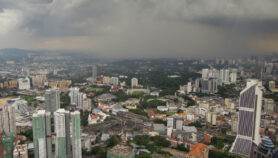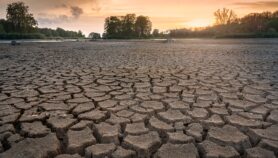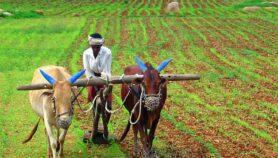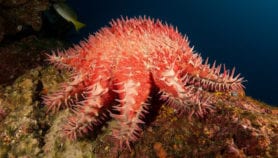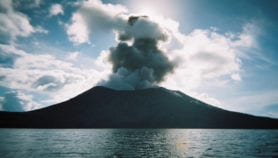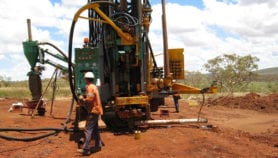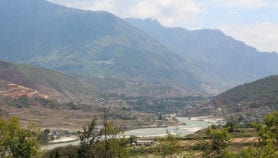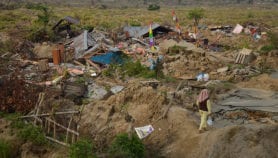By: Sophie Hebden
Send to a friend
The details you provide on this page will not be used to send unsolicited email, and will not be sold to a 3rd party. See privacy policy.
The tsunami that struck the Solomon Islands earlier this week highlighted the limitations of the regional tsunami warning system, says UNESCO.
An earthquake ― centred only 39 kilometres off the coast of the Solomon Islands ― occurred at 0740 local time on Monday 2 April and measured 8.1 on the Richter scale.
It triggered waves several metres high that swept through settlements, killing at least 28 people, destroying 13 or more villages, and leaving thousands homeless.
The Pacific alert system has been operational since 1965, so the Solomon Islands are considered well-equipped to handle tsunami threats.
“The Pacific alert system issued a warning 15 minutes after the earthquake,” says Ulrich Wolf, of UNESCO’s Intergovernmental Oceanographic Commission’s Tsunami Unit.
“The reason for the delay was the sparsity of instruments in the region — we have to wait for the seismic waves to reach at least three instruments to identify the earthquake’s location,” Wolf told SciDev.Net.
He said the waves must have struck the coast within 20 minutes of the initial earthquake, leaving virtually no time to warn the population.
According to the Associated Press, witnesses reported a delay of only five minutes between feeling the earthquake and the tsunami reaching the shores.
“There is a clear need to reinforce the instrumentation network and emergency response systems in vulnerable island states,” Wolf acknowledged.
Media attention on the Indian Ocean tsunami in 2004 has made people more aware of the tsunami threat, he explained, so most people who felt the earthquake ran to higher ground.
Patricio Bernal, executive secretary of UNESCO’s Intergovernmental Oceanographic Commission, told SciDev.Net that “vulnerable coastal communities close to an earthquake’s epicentre need to rely on their own preparedness.”
“This means public information and education campaigns, procedures for evacuations, access to medical facilities, and emergency accommodation. On the prevention side, it also means improved urban planning and the enforcement of building codes.”
The government has declared a disaster area in the two provinces hit hardest by the tsunami. Aid officials say it could take days to reach survivors in isolated locations.
The Solomon Islands are 1,600 miles east of Australia, and are home to about 500,000 people living on dozens of remote islands. They lie on the Pacific ‘Ring of Fire’, where submarine earthquakes are fairly common.
The Indian Ocean tsunami occurred on 26 December 2004, triggered by an earthquake off the west coast of Sumatra, Indonesia. Over 200,000 people were killed — experts say an early warning system could have saved many lives.
Read more about the 2004 tsunami in SciDev.Net’s news focus



